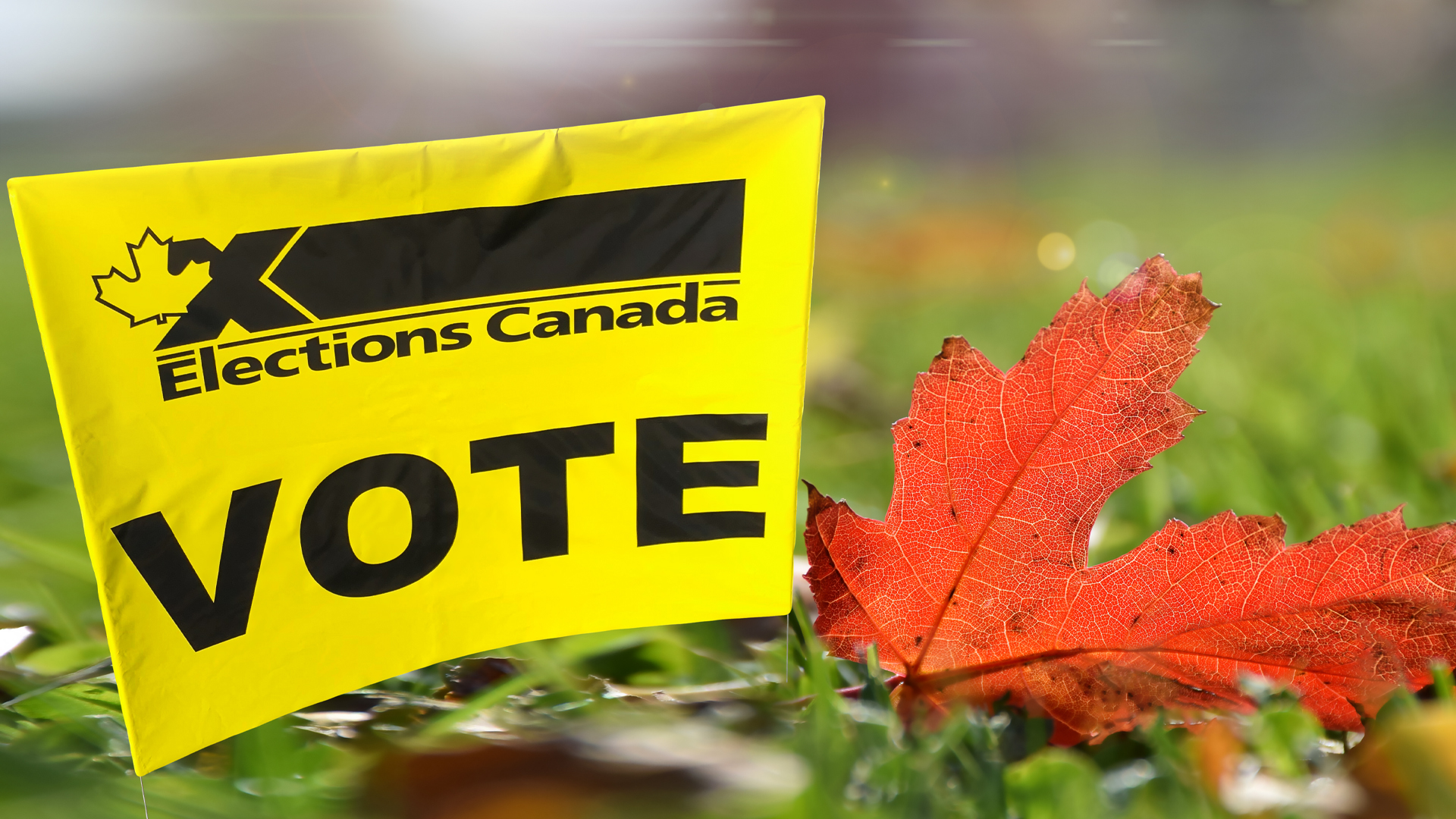The recent Policy Options article by Ann Dickie and Sanjay Ruparelia regarding what Canadians learned from a pandemic-era election is an excellent discussion of how to advance our democratic institutions. It answered a number of my questions regarding what can be done to improve Canada’s elections, and what countries with comparable electoral systems have implemented.
I would like to contribute to the analysis from the perspective of a young person (aged 17) and as someone who worked as a deputy returning officer in the federal election of September 20, 2021.
There are two further advancements government should examine when aiming to improve civic participation.
First, after listening to my peers (who, like me, are under voting age) regarding the election, I found there are two polar-opposite groups: one who will participate in every election they can, and the other, who see no value in casting their ballots in any future democratic contest. Most also have fundamental gaps in their understanding of the electoral process. That’s a problem that needs to be addressed head-on.
Elections Canada has found consistent trends of youths’ low participation, their lack of civic knowledge and their general lack of confidence in the electoral system. Specifically, the report found that “youth electors tend to show lower levels of satisfaction with and interest in democracy and politics.” It is critical that any democracy assure its citizens of the stability and integrity of the electoral system, but also to ensure its citizens believe in its value and importance. If younger people don’t see a reason to go to the polls, they won’t.
The Policy Options article discussed several jurisdictions that have enacted a community-based approach to increasing voter participation. Similar policies could be adopted to reach schools and youth. Building good voting habits and a strong electoral knowledge base should be explored by provincial and federal voting officials in collaboration with educators. In high schools, a healthy culture of civic participation could be fostered through both intra- and extracurricular civics education, and by reminding youth who are near voting age of the importance of voting.
While adding civics education into curriculums would be addressed by the provinces, Elections Canada could engage school boards and schools. Measures could be as simple as sending elections officials to local schools to give talks and lead discussions on what it means to vote. If we want to encourage youth to vote, we need to start early and accessibly, and schools would be a great place to start.
Second, poll workers need to be better trained.
As a deputy returning officer, it was my job to verify voters’ identifications and prepare ballots at my station. After the polls closed, my role was to tabulate. I was surprised by the extent to which the electoral process is paper-based. The dozens of different forms, stamps, seals and bags I had to deal with, most of them unfamiliar to me, reduced my ability to assist electors. Inevitably, mistakes were made.
I was impressed with the overall procedural rigidness of the process and can confidently call it secure, but I question its efficiency. Elections officials should review the roles and responsibilities of poll workers and simplify the process, prioritizing objectives.
I recognize Elections Canada had only 36 days to assemble a massive electoral workforce, but the mantra of “serving electors” that was repeated to poll workers is only attainable if we know how to serve electors well.
We need to be able to apply and practise serving electors before setting up our poll booths. DROs received one three-hour in-person training session that briefly touched on important elements of our role. When questions arose we were told countless times throughout the training and on September 20 to refer to the guidebooks provided.
But there is simply no time to review the guidebook when there’s a line of electors at your booth. If we value citizens’ votes we should make the process fast and easy. Referring back to a 100-page guidebook, getting confused and flagging down a overburdened supervisor who also may not know what to do was a common scene at poll booths and does little to encourage good voting habits.
Many of my fellow poll workers shared my view that more simulation-based training would help us better serve voters. It’s very doable and would result in more prepared polling stations.
Delays and unnecessary inefficiencies in the voting process chip away at voter participation, like any customer-service experience. It is poll workers’ jobs as sales representatives of the electoral process to ensure we dispatch voters’ ballots in a pleasant and efficient manner. The training should focus on that.




